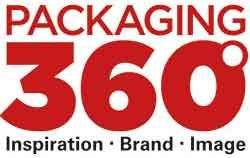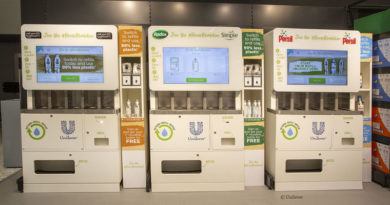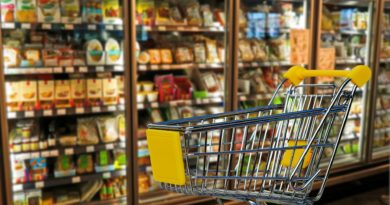Renaissance of the beverage can
After going through a deep valley of tears, the beverage can is now celebrating a glamorous comeback. Hardly any manufacturer wants to do without this packaging. No wonder, since it is considered to be both very sustainable and extremely trendy.
Drinks from cans are very much in line with the trend; in general, disposable containers are becoming more widespread in the soft drinks and mineral water sectors. According to the Hans Böckler Foundation, the reason for this is a combination of the requirements of the trade, the economic considerations of the beverage manufacturers and the purchasing behaviour of the consumers, which are often based on criteria such as convenience, weight and price.
Weight is one of the most frequently mentioned factors in the renaissance of the can. In recent decades, manufacturers such as thyssenkrupp Rasselstein have developed packaging steels whose properties have remained unchanged despite ever thinner materials. Today, the wall thickness of a 0.33-liter steel can can is only 0.065 millimeters (65 μ), which is thinner than a human hair, and makes the can lighter. Because, among other things, the bottom geometries of the can have been optimized, the stability requirements are met despite the thinner sheet thickness. Carmen Tschage, Head of Communications and Market Development at thyssenkrupp Rasselstein, says that further reductions in thickness are more likely to be limited by plant technology than by the potential of steel.
 In the beverage industry, the requirements are diverse and expectations are high. FachPack is the place that brings together buyers and vendors on a level playing field. More information can be found here.
In the beverage industry, the requirements are diverse and expectations are high. FachPack is the place that brings together buyers and vendors on a level playing field. More information can be found here.In 1985, a 0.33-litre steel can still weighed 30 grams, but today it weighs between 19 and 21.5 grams. Not only can more cans be produced per ton of tinplate, the beverage can in the beverage market has the best ratio of product to packaging, as Stephan Rösgen, Managing Director of the Beverage Can Forum, emphasizes: „Packaging accounts for only about 3 percent of the weight and the product for 97 percent. On average, a truck with beverage cans transports twice as much liquid as bottles“. This not only reduces transport costs, but also CO2 emissions, which, according to Coca-Cola, are on average 57 percent lower than for PET or glass beverage packaging.
It is no coincidence that thyssenkrupp Rasselstein takes a very offensive approach to material comparison: „In times of discussion about microplastics, one of the biggest challenges is to promote the use of recyclable packaging materials,“ says CEO Dr. Peter Biele. „Millions of tons of plastic waste are already floating in the oceans all over the world and are becoming part of our food chains. The high recycling of tinplate, on the other hand, speaks a different language.“ Steel is the packaging material with the highest recycling rate of all; 90.8 percent of it was recycled in Germany as early as 2016.
But aluminium cans are much more popular. Industry experts explain that they have a market share of 80 percent with the additional weight saving. An aluminium half-litre can weighs only 15 grams, 45 percent less than in 1978. However, this does not make the aluminium can a prime example of sustainability: the energy and CO2 balance in the primary production of aluminium is significantly worse than that of packaging steel.
Corresponding objections are countered by the reference to the significantly better values in recycling: If secondary aluminium is obtained from aluminium scrap, only around 5 percent of the energy used for primary production is required (see box). And aluminium scrap is abundant thanks to the deposit system: according to its own statements, the aluminium packaging industry, with a recycling rate of around 90 percent, already meets the 80 percent mark set by the Packaging Act for 2019 and is already quite close to the 90 percent mark set for 2022.




